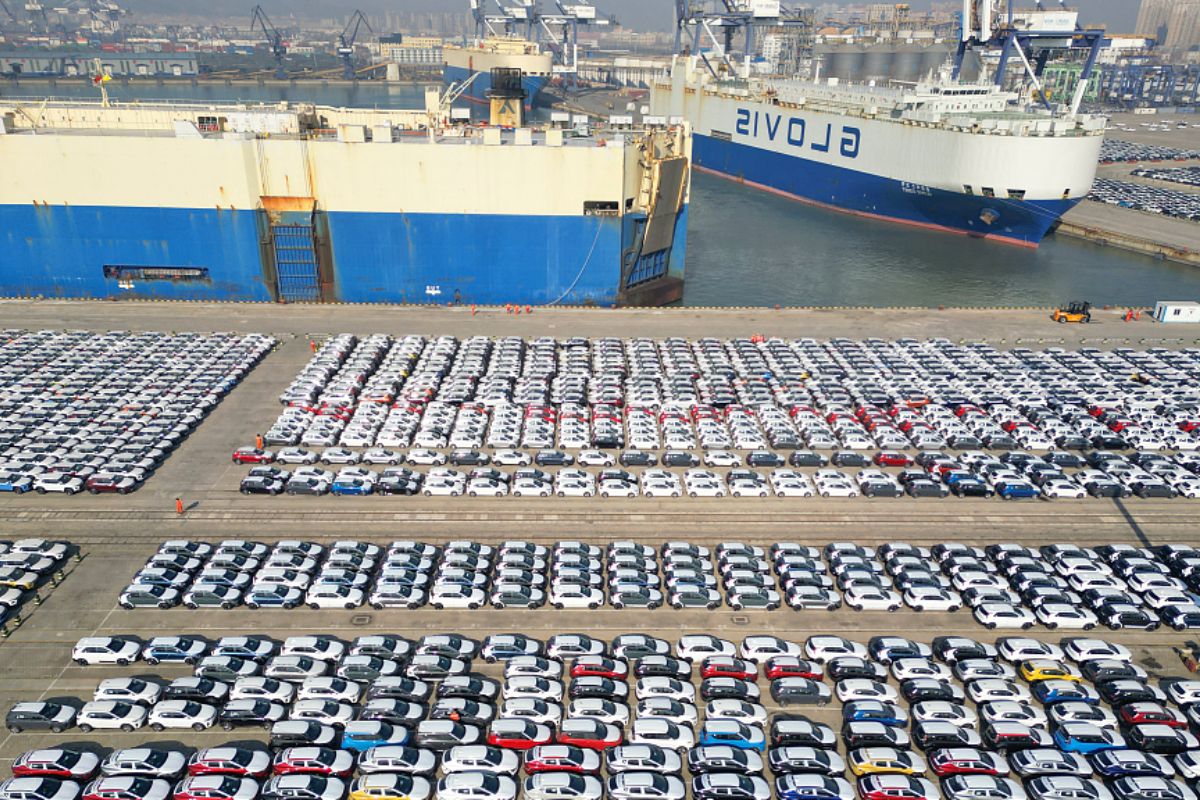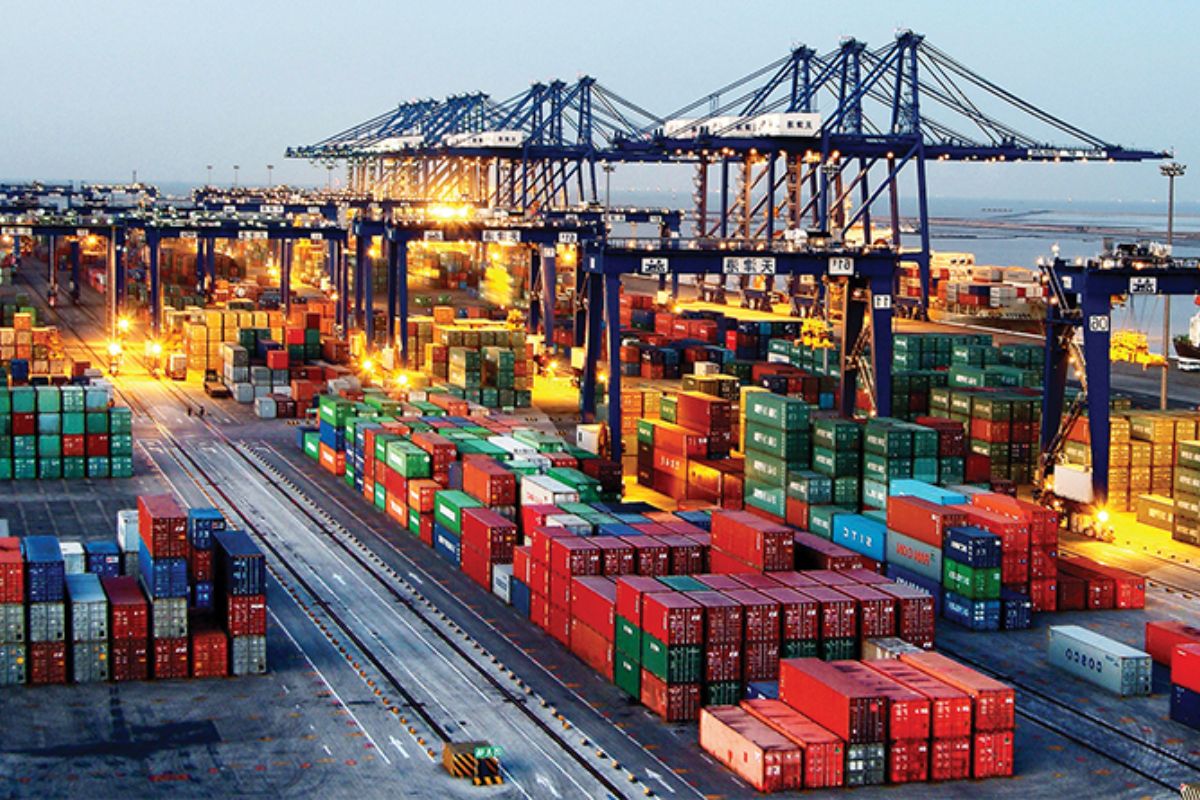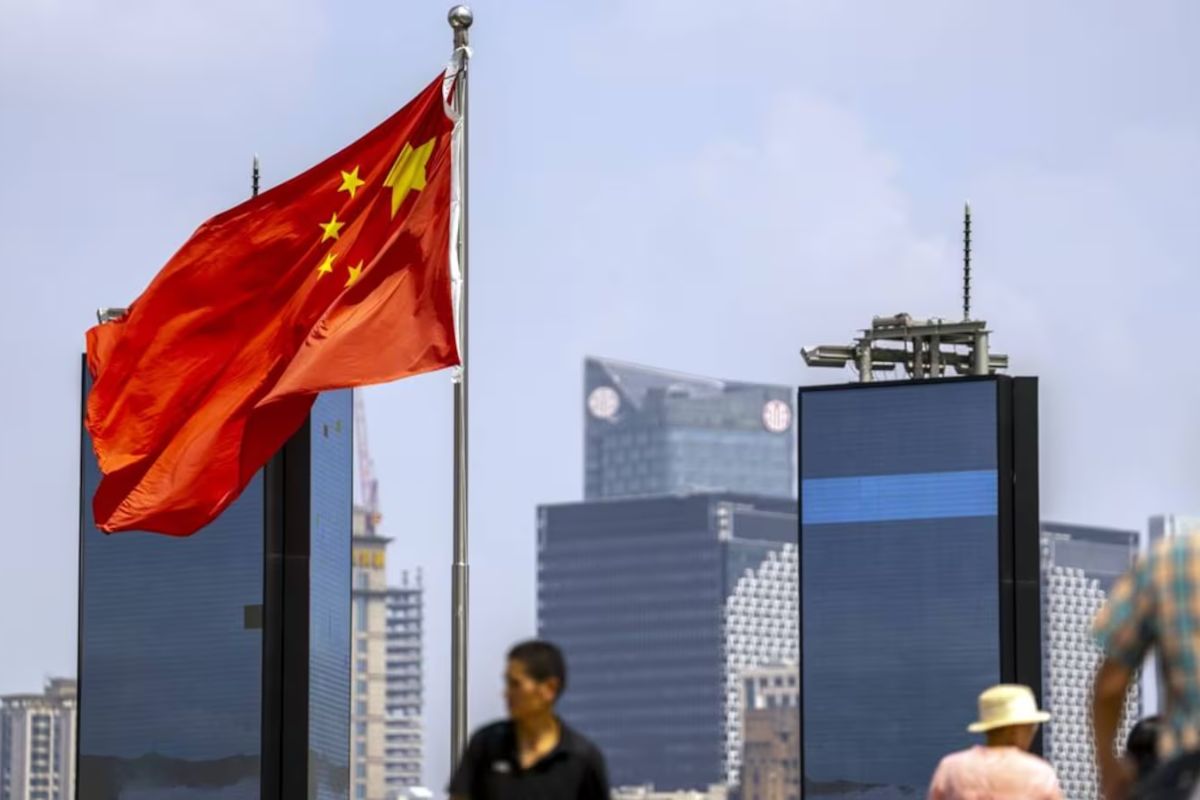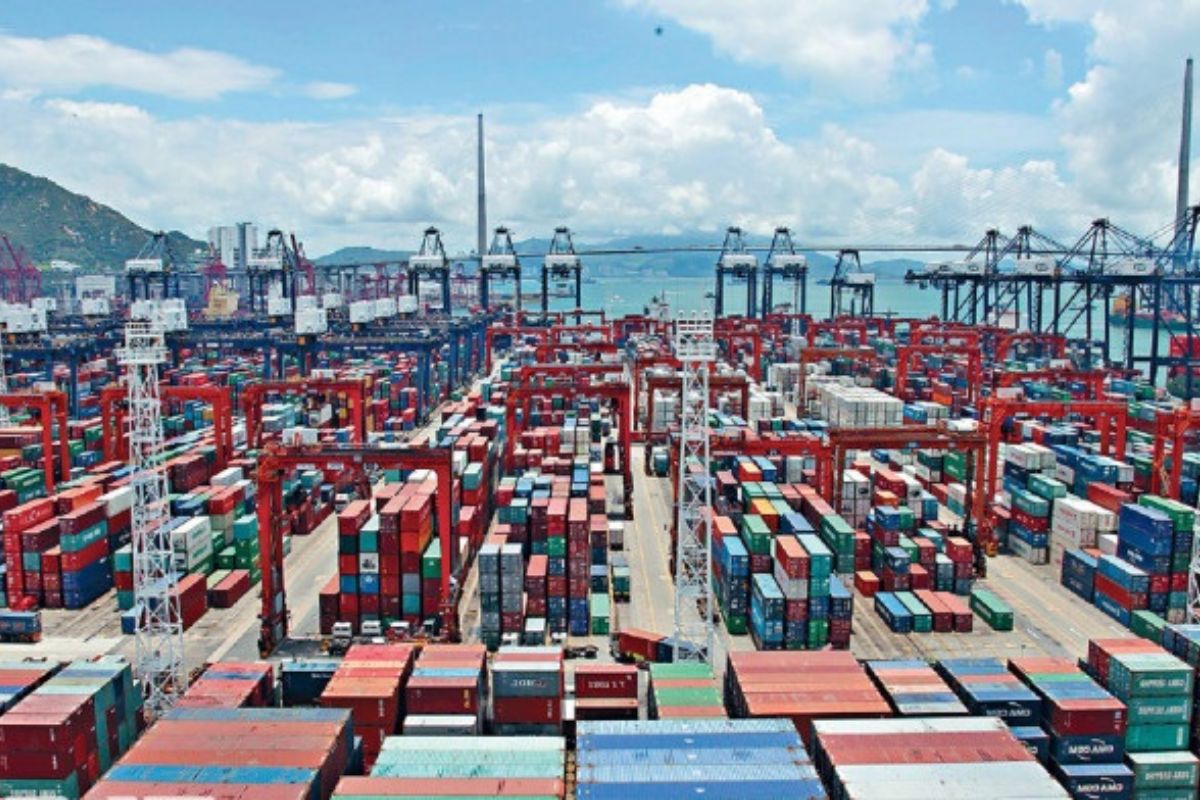China’s Export Crisis: The once-booming economy of China now faces a harsh reality as its exporters find themselves on the precipice of disaster amidst a sharp decline in prices. The nation, known for its manufacturing prowess, is grappling with persistent deflation and economic challenges that are pushing its exporters to the brink.
While larger companies may weather the storm, it is the smaller exporters who find themselves in a precarious position, struggling to stay afloat in an increasingly competitive market. The impact of this downturn is not limited to businesses alone; it has far-reaching consequences for the grassroots, forcing individuals to make tough choices in order to survive.
As analysts scramble to make sense of this dire situation, there is an urgent need for policy intervention to prevent further damage. This crisis also sheds light on the overcapacity challenges across various sectors and the human dimension that often gets overlooked.
The question that looms large is: can China’s exporters find a way to navigate these treacherous waters and emerge stronger, or are they doomed to face an uncertain future?
Key Takeaways
- Chinese exporters, especially smaller enterprises, are facing significant challenges due to persistent deflation and external pressures.
- The decline in producer prices for 15 consecutive months is squeezing profit margins and threatening industrial output and jobs.
- Smaller exporters are trapped in a vicious cycle of deflation, unable to compete and break free, leading to a precarious position for them.
- The economic strain on smaller exporters has far-reaching consequences for the overall economy, as tough choices faced by entrepreneurs impact consumer spending and relationships with valuable clients.
Also Read: China’s Export Rejuvenation Reflects Strengthening Global Trade
Persistent Deflation and Economic Challenges
Persistent deflation and economic challenges continue to plague Chinese exporters, especially smaller enterprises, as they struggle to navigate through relentless price wars and external pressures. The decline in producer prices for 15 consecutive months is squeezing profit margins, posing threats to industrial output and jobs.
This economic strain compounds existing challenges, including a property crisis and debt crunch in China. The impact is devastating, as these exporters teeter on the brink of collapse, caught in a downward spiral of plummeting prices and diminishing profits.
With no relief in sight, these smaller enterprises find themselves trapped in a vicious cycle, unable to compete with larger competitors and unable to break free from the chains of deflation. The future looks grim for Chinese exporters, as they face an uphill battle against economic challenges that seem insurmountable.
Precarious Position of Smaller Exporters
The economic challenges faced by Chinese exporters, particularly smaller enterprises, have placed them in a precarious position amidst relentless price wars and external pressures.
As global economic shifts contribute to shrinking business opportunities, these smaller exporters find themselves teetering on the brink of collapse.
The drop in profits by 2.3% last year is just the tip of the iceberg, highlighting the severity of the situation.
With manufacturing activity contracting and export orders on a steady decline, these enterprises are being squeezed from all sides.
Higher interest rates and trade protectionism further exacerbate their plight, leaving them vulnerable and defenseless.
It is a grim reality for these smaller exporters, as they struggle to navigate through the treacherous waters of the global market, desperately holding on to their diminishing hopes for survival.
Grassroots Impact and Tough Business Choices
Business owners at the grassroots level are grappling with tough choices amidst the impact of prolonged deflation. The dire situation facing entrepreneurs is forcing them to make decisions that may determine the fate of their businesses. Here are four key aspects highlighting the grassroots impact and the tough business choices being made:
- Accepting orders at a loss: With plummeting prices and intense competition, business owners are facing the difficult decision of whether to accept orders that would result in financial losses. This choice puts their profitability and sustainability at risk.
- Risk of losing valuable clients: Refusing to accept orders at a loss runs the risk of losing valuable clients. Business owners must weigh the potential damage to their relationships and the potential long-term consequences on their reputation.
- Consumer spending concerns: The vicious cycle of deflation can lead to reduced consumer spending, further exacerbating the economic challenges faced by grassroots businesses. These entrepreneurs are caught in a downward spiral of declining orders and diminishing revenues.
- Exacerbating economic challenges: The impact of prolonged deflation on grassroots businesses is not isolated. It has wider implications for the economy, as these businesses contribute significantly to employment and economic growth. The tough choices faced by these entrepreneurs can have far-reaching consequences for the overall economic landscape.
The plight of grassroots businesses in the face of prolonged deflation is a pressing issue that demands attention and action. The survival and success of these businesses are vital for the health and stability of the economy.
Analysts’ Perspective and Urgency for Policy Intervention
Amidst the dire circumstances faced by grassroots businesses, analysts’ perspective on the urgency for policy intervention becomes increasingly crucial. Raymond Yeung, the chief China economist, emphasizes that addressing deflation should take precedence over achieving expected growth targets. This goes against the traditional view that economic growth should be the primary focus.
The shrinking profits, manufacturing contraction, and declining export orders only underscore the gravity of the situation. It is clear that policymakers need to act swiftly and decisively to stimulate household consumption. However, China’s continued focus on directing financial resources into the manufacturing sector exacerbates overcapacity and deflation concerns, raising doubts about the effectiveness of monetary policy.
The time for action is now, and policymakers must prioritize the well-being of grassroots businesses over outdated growth targets.
Overcapacity Challenges Across Sectors and Human Dimension
Intense competition and overcapacity challenges loom large across various sectors, casting a shadow over China’s economic landscape. The country’s electric vehicle industry, once seen as a beacon of growth, is now feeling the heat of deflationary pressures. Even higher-end segments are struggling to maintain profitability in the face of fierce competition and plummeting prices.
Smaller businesses, wary of taking on additional debt, are hesitant to expand and invest in new ventures. Electronics, chemicals, and machinery manufacturing sectors are also grappling with a surplus, further exacerbating the overcapacity problem. As a result, factory owners are under immense pressure to cut jobs, adding a human dimension to the economic struggles faced by these enterprises.
This dire situation calls for urgent policy intervention to prevent further damage to China’s export industry.
Conclusion Of China’s Export Crisis
China’s exporters are facing a critical situation due to plummeting prices and persistent deflation. Smaller exporters are particularly vulnerable, struggling to survive amidst tough economic challenges. This has significant grassroots impact, leading to difficult business choices for many.
Analysts emphasize the urgent need for policy intervention to address overcapacity challenges across sectors. The human dimension of this crisis cannot be ignored. It is crucial for China to take immediate action to protect its exporters and stabilize its economy.




